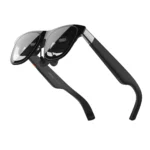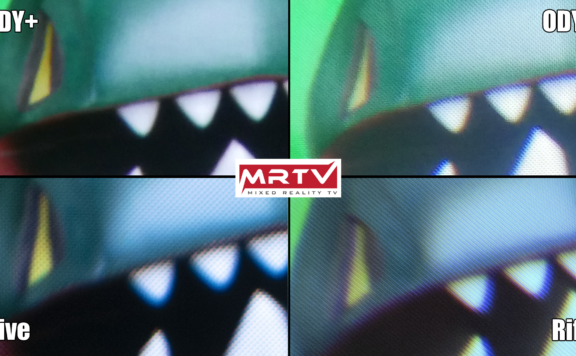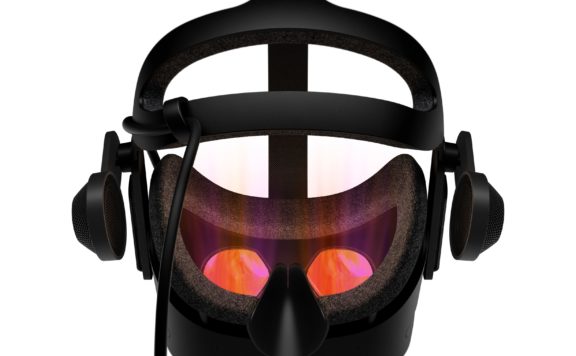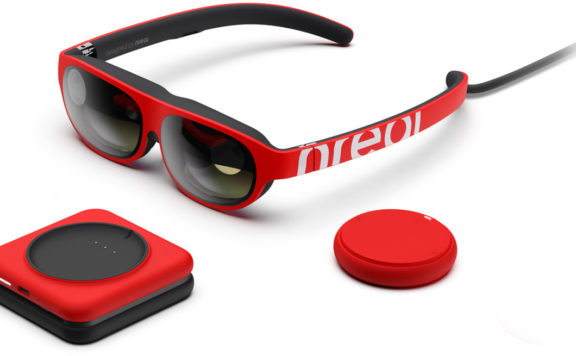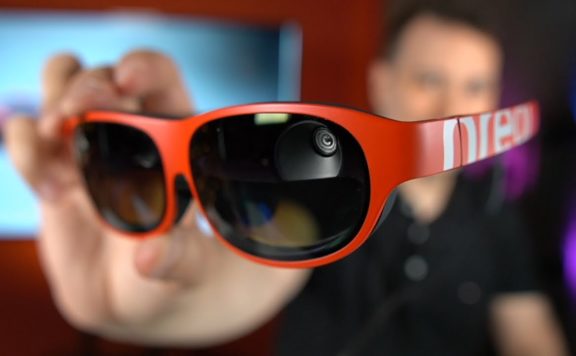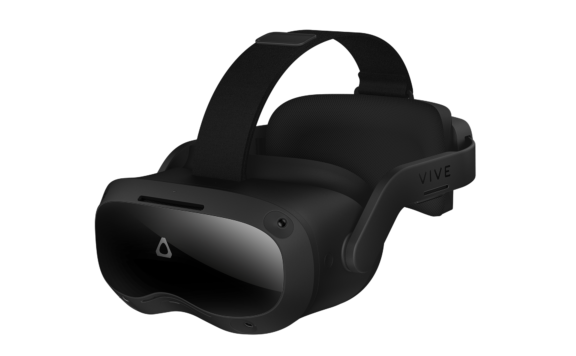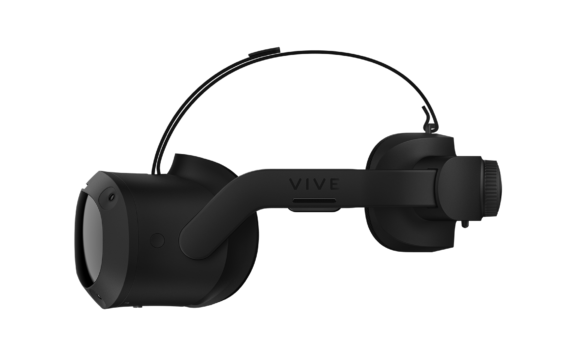After trying nearly every headset in its class, the XREAL One stands out as the best AR glasses on the market today. In a crowded field of devices that often feel like a collection of half-features, XREAL has managed to deliver a product that feels both thoughtfully engineered and remarkably practical—especially for work and casual gaming.
A Game-Changing Core: The X1 Chip
At the heart of the XREAL One is XREAL’s own X1 chip, which enables true 3DOF (three degrees of freedom) tracking regardless of the device you plug it into. In previous generations of video glasses, you could display content from devices like the Steam Deck or your iPhone, but the virtual screen was stubbornly fixed to your gaze. That meant you had to rely on eye movement alone, which quickly became tiresome. With the One, the virtual screen remains anchored in space, allowing you to naturally use your head to scan and interact with your environment—a fundamental shift that makes using these glasses not only more immersive but also far more comfortable over long periods.
Work, Play, and Everything In Between
The implications of this enhanced tracking are huge. When connected to my MacBook Air, the One becomes a sizable virtual display that stays fixed in front of me. No more awkwardly craning my neck or constantly readjusting my focus—the screen is right there, exactly where it needs to be. Whether I’m drafting an email, writing a review, or simply browsing, the experience is smooth and natural. In fact, I now use the One as my daily driver for work, gaming, and movie-watching—actually preferring it over even the Apple Vision Pro when it comes to productivity.
The glasses offer a standard mode that provides ample screen real estate, while an ultra-wide mode is available if you need even more space. Despite not having a massive FOV—around 50°—the virtual display is more than sufficient for my needs. Playing Cyberpunk 2077 on my Steam Deck from the comfort of my bed has never been more enjoyable, thanks to the steady, anchored display that lets me focus on the action without the distraction of a shifting image.
Intuitive Controls and Customization
User experience is another area where the XREAL One shines. The design includes a red button on the bottom of the right arm—an homage to the Beam Pro’s iconic control—that toggles between “anchor” mode and “smooth follow.” A double-click on this button brings up an on-screen menu that lets you tweak settings such as screen distance, size, and even color temperature. I typically set my virtual screen to 2 meters away for a more comfortable work experience, though the default is 4 meters.
One feature that I particularly appreciate is the ability to adjust the interpupillary distance (IPD) via software. Previously, most AR glasses offered a one-size-fits-all solution that worked best for an average IPD (around 64 mm), often resulting in blurry edges for those outside that range. With the One, you can fine-tune the image clarity—even if it means sacrificing some screen size. For users with larger IPDs, the XREAL One Pro (priced at $599, compared to the standard One at $499) comes in two models tailored for different ranges (57–66 mm and 66–75 mm).
Additionally, a shortcut button lets you quickly toggle between transparency modes, if you set it to act like that. I’ve set mine to activate transparency with a single press, so if I need to see my surroundings—for a quick break or safety—I can do so effortlessly. The glasses offer three levels of transparency, ensuring that whether you’re working or stepping out for a moment, your vision adjusts accordingly.
Display, Audio, and Comfort
The XREAL One employs 0.68-inch Sony microOLED panels that deliver a crisp 1080p image across a 50° FOV. For someone with a 64 mm IPD, the picture quality is impressive from edge to edge. XREAL advertises a perceived peak brightness of 5000 nits—numbers that, while steeped in marketing jargon until industry standards catch up, translate to a display that’s undeniably bright and clear.
That said, the One uses what’s known as “birdbath” technology. This mirrors the microOLED panels through an angled, transparent glass. While effective, this design can introduce occasional reflections in bright conditions—say, when move objects close to the bottom of the glasses, like for example you’re sipping a drink. The One Pro, which employs a new lens technology with prisms to eliminate these reflections, might be a better choice if that’s a frequent concern. In my daily use cases, however, I haven’t found this to be a major issue.
On the audio front, XREAL has partnered with BOSE to deliver sound that’s more than adequate in quiet environments. In busier settings like a train or café, you might still want to rely on your favorite pair of headphones. And comfort-wise, at a mere 84 grams, the One is incredibly lightweight. I comfortably wore them throughout a full workday—a significant advantage over heavier headsets like the Vision Pro.
Minor Quibbles
No device is without its flaws. Besides the audio limitations and the occasional reflection in the standard One’s display, there’s a subtle distortion when moving your head quickly across text and 3DOF Anchor mode is on. I noticed a slight “bump” effect as text scrolled by—a detail that might be negligible to most users but is worth mentioning for those who work extensively with text on these displays. It’s a minor imperfection in an otherwise finely tuned product that most users won’t even recognise. I do not think its an optical flaw, but rather introduced by the 3DOF algorithm. Yep, I am nitpicking, but I know you want all the information.
For those who wear prescription glasses, note that the XREAL One (and the One Pro) do not offer built-in diopter adjustments. Instead, you’ll need to order custom lens inserts. The process of attaching those lense inserts has improved compared to previous iterations, though it still lacks the convenience of a magnetic solution. If you’re sharing your device with multiple people, each user will need their own set of inserts.
Final Thoughts
After a thorough hands-on experience with a range of headsets, the XREAL One emerges as the clear leader in its category. The inclusion of the X1 chip with true 3DOF tracking is a genuine game-changer—it transforms any device with video output into a platform for a spacious, stable, virtual display. This makes the One an ideal companion for work, gaming, and media consumption alike.
Is it worth waiting for the XREAL One Pro? At CES, I got a sneak peek, and while it offers improvements in lens technology and a slightly larger FOV (57° vs. 50°), the differences aren’t substantial enough for everyone to justify the extra $100. However, if you have a larger IPD or want the absolute best optical experience, the Pro might be the way to go.
For now, in early 2025, the XREAL One sets a high bar for AR glasses. It’s a must-have for anyone looking to blend productivity, entertainment, and a touch of future tech into one elegant, wearable package.
